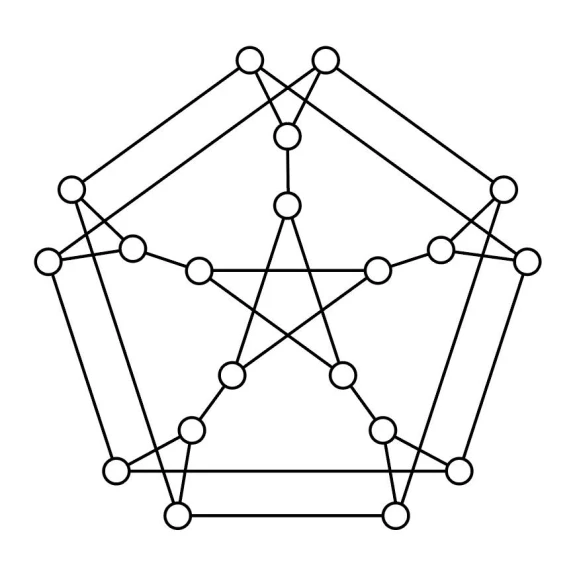Kadena is a decentralized, open-source blockchain platform that utilizes a unique consensus algorithm called Chainweb. The Chainweb consensus algorithm is designed to enable high-throughput and scalability, while maintaining strong security and decentralization.
At a high level, the Chainweb consensus algorithm works by dividing the Kadena blockchain into multiple “parallel” chains, each with its own proof-of-work (PoW) consensus mechanism. Transactions are validated and recorded on these chains in parallel, allowing for higher transaction throughput and faster confirmation times.

One of the key features of the Chainweb consensus algorithm is that it allows for cross-chain communication and interoperability. This means that transactions on one chain can be validated and confirmed by the consensus mechanisms on other chains in the network.
This allows for greater flexibility and scalability, as well as enhanced security through increased decentralization.
Overall, the Chainweb consensus algorithm is designed to provide a fast, scalable, and secure blockchain platform for a wide range of applications.
Here’s a 3-minute video from Kadena’s blockchain that explains how Chainweb works.
Previous Articles:
- Mt.Gox extends its creditors filing and repayment date
- Argentina’s Ministry of Economy to present a bill that will benefit taxpayers who disclose bitcoin and other assets in the Government
- El Salvador received more than USD 115 million in bitcoin remittances in 2022
- Coinmarketcap Clone Script: Build A Powerful Crypto Platform Similar To Coinmarketcap
- Is Kadena a sleeping giant waiting for the next bull run?
